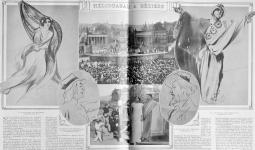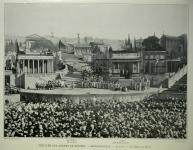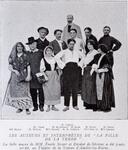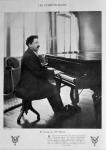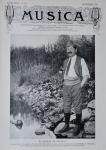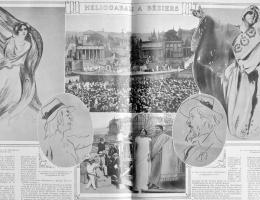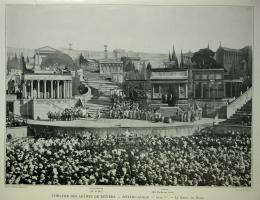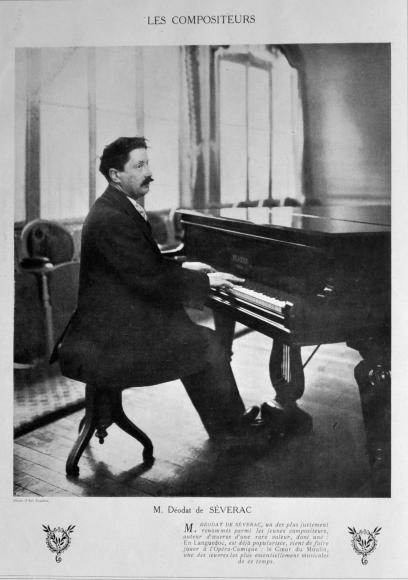
Déodat de SÉVERAC
1872 - 1921
Composer
Born into a Languedoc family that could trace its descent back to the 11th century, Déodat de Séverac received music lessons from his father, a talented painter, and Louis Amiel, the organist in his native town of Haute-Garonne. While studying law, he completed his musical education at the Conservatory in Toulouse then, from 1896, at the Schola Cantorum in Paris, where he studied under d’Indy, Bordes, Guilmant and Magnard. During this time, he formed friendships with Albéniz, Selva, Dukas, Ravel, Fargue and Picasso. It was from this period that Séverac began fighting for a type of music that drew on French provincial folklore, the only way, in his opinion, to avoid German influences. His output drew its inspiration from his native region, for which he abandoned Paris for good in 1907: this can be seen by En Languedoc (1904), Baigneuses au soleil (1908), Cerdana (1911) and Sous les lauriers roses (1919), piano pieces which form the core of his output. Séverac’s catalogue also includes many art songs, organ pieces, several symphonic poems, incidental music and several stage works, the most important of which are Le Cœur du moulin (1908) and Héliogabale (1910), first performed to an audience of thirteen thousand people in the amphitheatre at Béziers. Séverac’s reputation most probably suffered from his decision to live in the South of France – and also perhaps from a style of writing that did not court the approval of virtuosic musicians. His music, akin to that of Debussy (without his elitist leanings), and heir to that of d’Indy (but avoiding his rigorous severity), glorifies the light, the scents, the lands and the people of the Mediterranean.
Scientific publications
Publication

